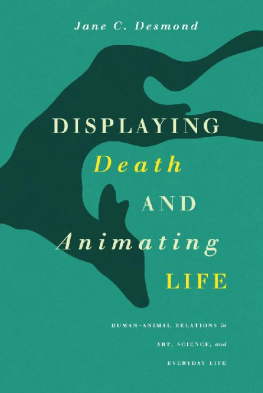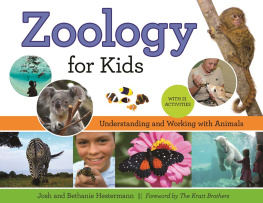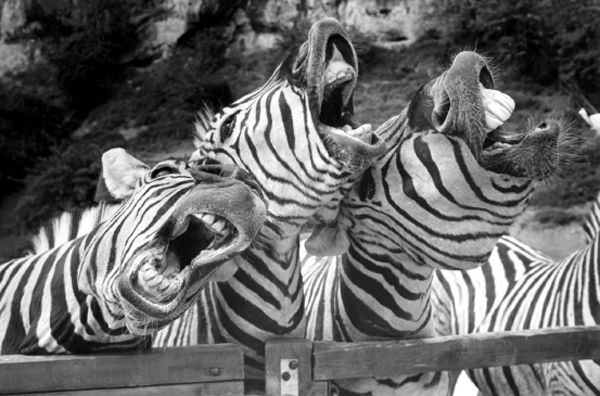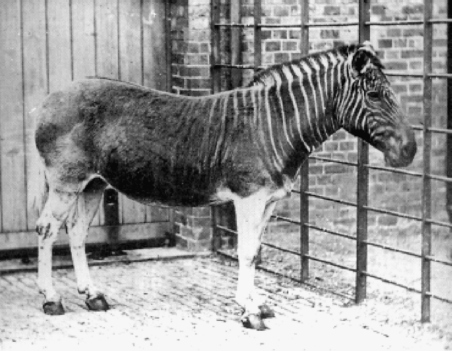Phillip T. Robinson - Life at the Zoo: Behind the Scenes with the Animal Doctors
Here you can read online Phillip T. Robinson - Life at the Zoo: Behind the Scenes with the Animal Doctors full text of the book (entire story) in english for free. Download pdf and epub, get meaning, cover and reviews about this ebook. year: 2007, publisher: Columbia University Press, genre: Romance novel. Description of the work, (preface) as well as reviews are available. Best literature library LitArk.com created for fans of good reading and offers a wide selection of genres:
Romance novel
Science fiction
Adventure
Detective
Science
History
Home and family
Prose
Art
Politics
Computer
Non-fiction
Religion
Business
Children
Humor
Choose a favorite category and find really read worthwhile books. Enjoy immersion in the world of imagination, feel the emotions of the characters or learn something new for yourself, make an fascinating discovery.
- Book:Life at the Zoo: Behind the Scenes with the Animal Doctors
- Author:
- Publisher:Columbia University Press
- Genre:
- Year:2007
- Rating:4 / 5
- Favourites:Add to favourites
- Your mark:
Life at the Zoo: Behind the Scenes with the Animal Doctors: summary, description and annotation
We offer to read an annotation, description, summary or preface (depends on what the author of the book "Life at the Zoo: Behind the Scenes with the Animal Doctors" wrote himself). If you haven't found the necessary information about the book — write in the comments, we will try to find it.
Please Do Not Annoy, torment, pester, plague, molest, worry, badger, harry, persecute, irk, bullyrag, vex, disquiet, grate, beset, bother, tease, nettle, tantalize or ruffle the Animals.--sign at zoo
Since the early days of traveling menageries and staged attractions that included animal acts, balloon ascents, and pyrotechnic displays, zoos have come a long way. The Mnagerie du Jardin des Plantes in Paris, founded in 1793, didnt offer its great apes lessons in parenting or perform dental surgery on leopards. Certainly the introduction of veterinary care in the nineteenth century--and its gradual integration into the twentieth--has had much to do with this. Today, we expect more of zoos as animal welfare concerns have escalated along with steady advances in science, medicine, and technology. Life at the Zoo is an eminent zoo veterinarians personal account of the challenges presented by the evolution of zoos and the expectations of their visitors. Based on fifteen years of work at the world-famous San Diego Zoo, this charming book reveals the hazards and rewards of running a modern zoo.
Zoos exist outside of the natural order in which the worlds of humans and myriad exotic animals would rarely, if ever, collide. But this unlikely encounter is precisely why todays zoos remain the sites of much humor, confusion, and, occasionally, danger. This book abounds with insights on wildlife (foulmouthed parrots, gum-chewing chimps, stinky flamingoes), human behavior (the fierce competition for zookeeper jobs, the well-worn shtick of tour guides), and the casualties--both animal and human--of ignorance and carelessness. Phillip Robinson shows how animal exhibits are developed and how illnesses are detected and describes the perils of working around dangerous creatures. From escaping the affections of a leopard that thought he was a lap cat to training a gorilla to hold her newborn baby gently (instead of scrubbing the floor with it) and from operating on an anesthetized elephant (I had the insecure sensation of working under a large dump truck with a wobbly support jack) to figuring out why a zoos polar bears were turning green in color, Life at the Zoo tells irresistible stories about zoo animals and zoo people.
Phillip T. Robinson: author's other books
Who wrote Life at the Zoo: Behind the Scenes with the Animal Doctors? Find out the surname, the name of the author of the book and a list of all author's works by series.













